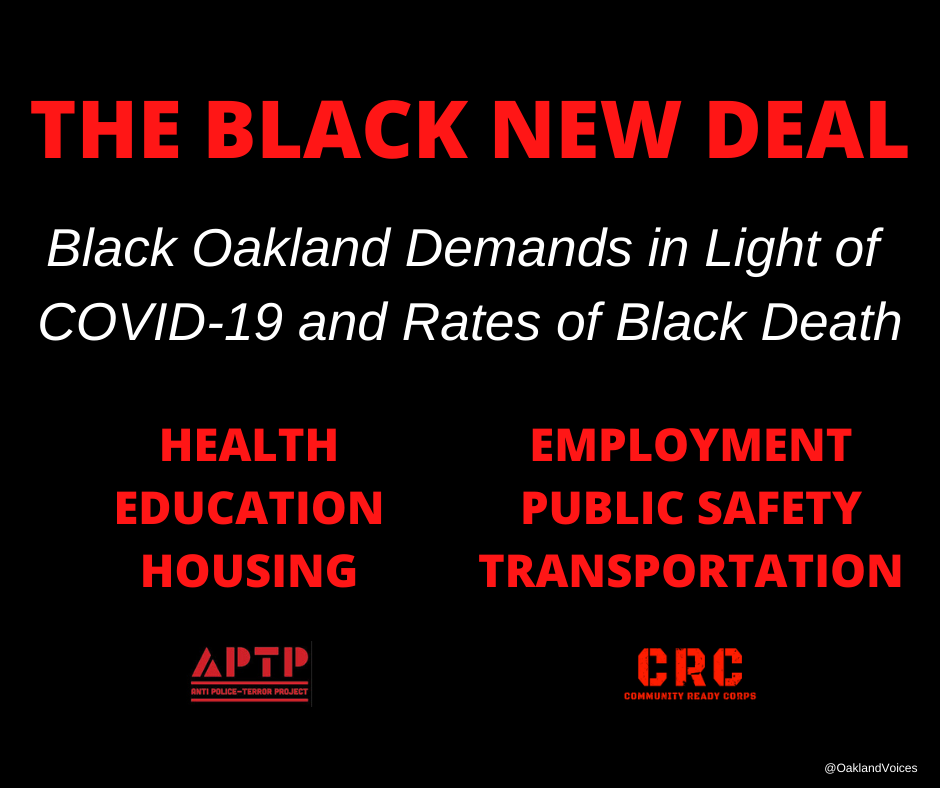
Last October, Kenthol Fenceroy took his girlfriend, Thais Bowers, for a day trip to Half Moon Bay. He told her it was for lunch, but she knew something was up when he dressed in all-white and put on a pair of sandals she despised. On the sands with a view of the Pacific Ocean, on bended-knee, Fenceroy asked Bowers to be his wife.
Their wedding ceremony was scheduled for October 2020, but they will not be walking down the aisle together. On April 1, Fenceroy died due to COVID-19. He was 41.
Fenceroy is one of two known coronavirus-related deaths in Oakland. Last month, Barbara Johnson Hopper, 81, was one of the first Bay Area COVID-19 casualties. Her last words, according to relatives, were, “I want to live.”
Nearly 13,000 people in the U.S. have died due to COVID-19, including 450 in California and over 100 in the Bay Area. Besides being two of the 13 deaths in Alameda County, Fenceroy and Johnson Hopper have two other things in common: both lived in Oakland and are Black.
As the number of positive cases and death toll continues to rise across the country, there is a rising call for health officials to make the racial data on COVID-19 testing, infections, hospitalizations, and deaths public. While the virus can infect anyone, alarming data shows COVID-19 is disproportionately killing Black people.
Reports show African Americans are contracting coronavirus and dying at higher rates than their populations in the states of Illinois, Louisiana, Michigan, and Wisconsin. The inequalities trickle down to the city level, as 70 percent of COVID-19 deaths in Chicago are Black, and preliminary data released yesterday from Los Angeles also shows higher death rates for Black people.
African Americans appear to be disproportionately impacted by COVID-19 due to underlying conditions, like diabetes and lung disease, as well as structural racism and underlying social determinants of health, like residential racial segregation (Jim Crow ‘social distancing’) and economic inequality.
In Alameda County, the public doesn’t know who’s contracting and dying due to COVID-19 because the Alameda County Public Health Department (ACPHD) does not share city-level data nor publish demographic data about COVID-19’s victims. The public only knows the number of cases in the City of Berkeley because it is one of a few cities in this state that maintains its own public health department.
Local health officials have long known that race and place influence health outcomes. ACPHD examined the health inequities and underlying social inequities in the 2008 report, Life and Death from Unnatural Causes. Despite awareness of these inequities and a commitment to advancing health equity, why isn’t the County publishing the age and racial demographic data or the cities of COVID-19 cases or deaths? Alameda County public health representatives did not respond to inquiries.
As of Tuesday, 602 of Alameda County’s 1.6 million residents have tested positive for coronavirus, and 15 people have died. Did they live in Ashland? Hayward? Fremont? Or Oakland? The public has no idea where within the county’s 739 square miles they may have lived, worked, played, or prayed.
We also do not know if the same racial health disparities plaguing other communities are occurring here as we shelter-in-place. Considering the histories of residential segregation and environmental racism, racial segregation, and re-segregation (PDF) in the Bay Area, COVID-19 inequality will likely surface here too. San Francisco finally began publishing demographic data yesterday.
Alameda County must collect and publish race/ethnicity demographic and city-level COVID-19 data, otherwise, it will be impossible to direct resources to flatten the curve or address inequities in access to testing, future treatment, and ultimately, life and death.
Rasheed Shabazz is a multimedia storyteller, urban planning historian, and youth development professional based in the Bay Area. He is co-director of Oakland Voices. He recently completed his Masters of City and Regional Planning at UC Berkeley.



Thoughtful. Bigger question will a revealed disparity change the way resources are allocated i.e., testing being made available, or change in protocol for when you seek help.